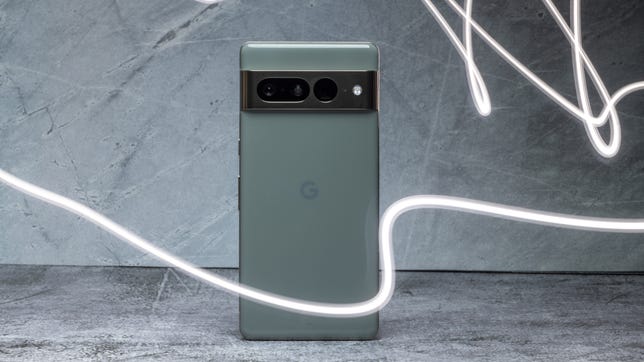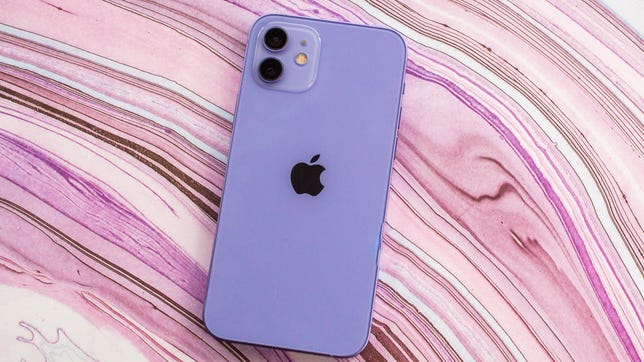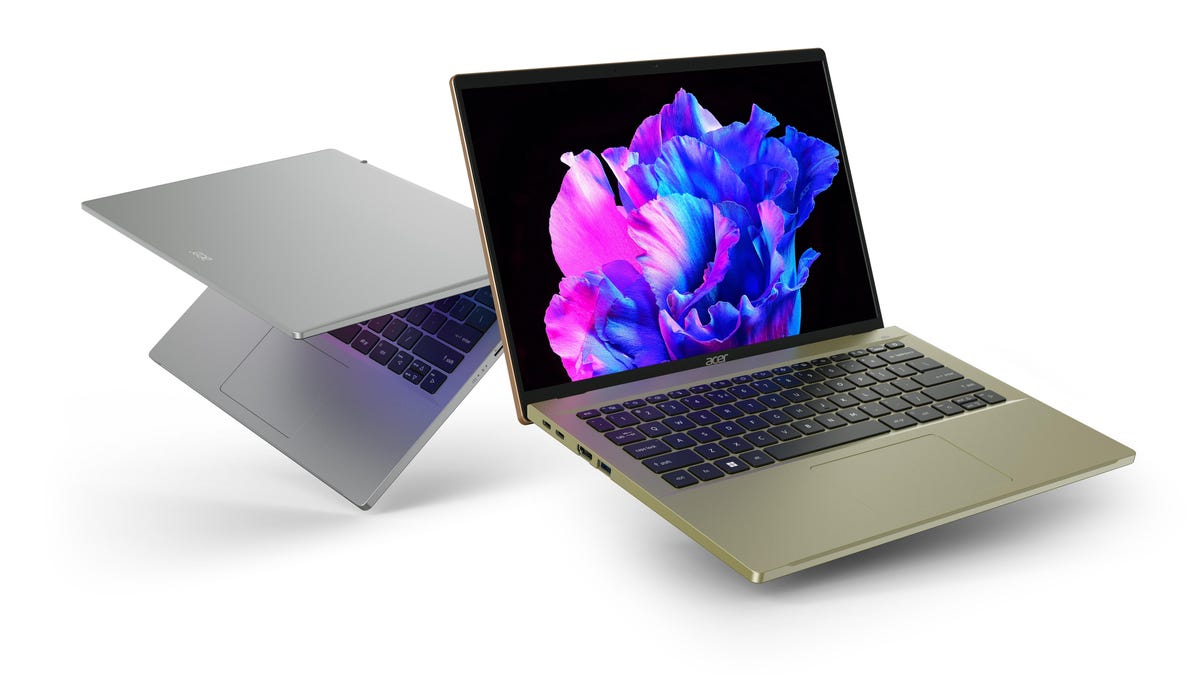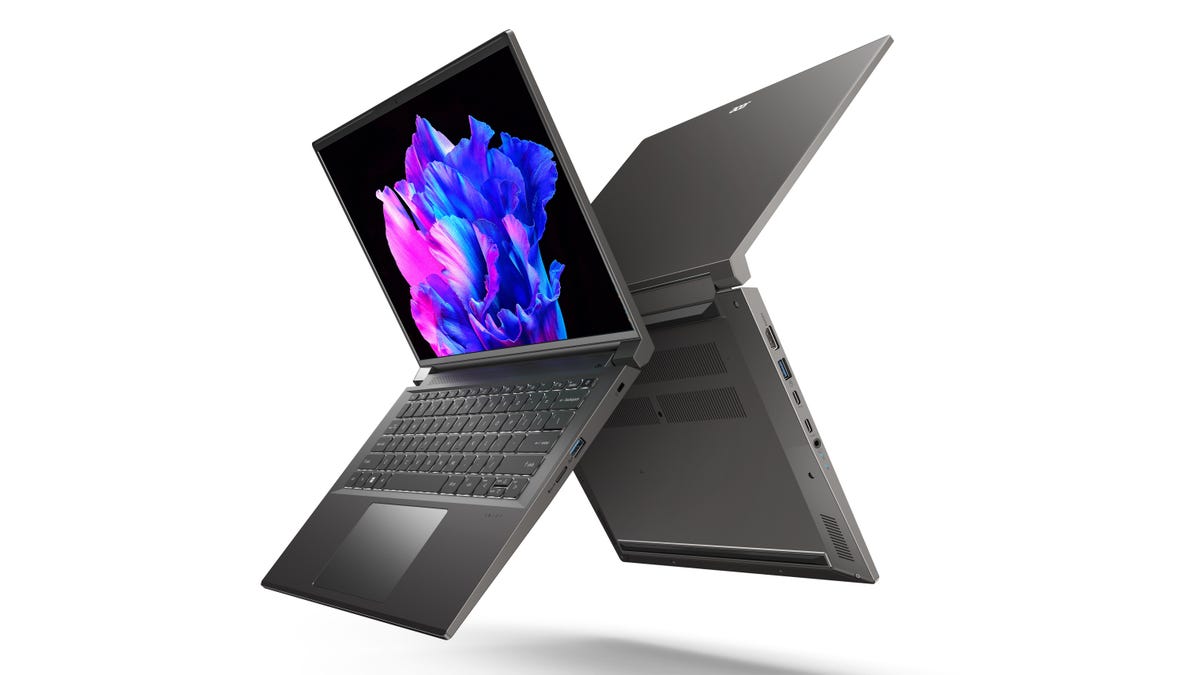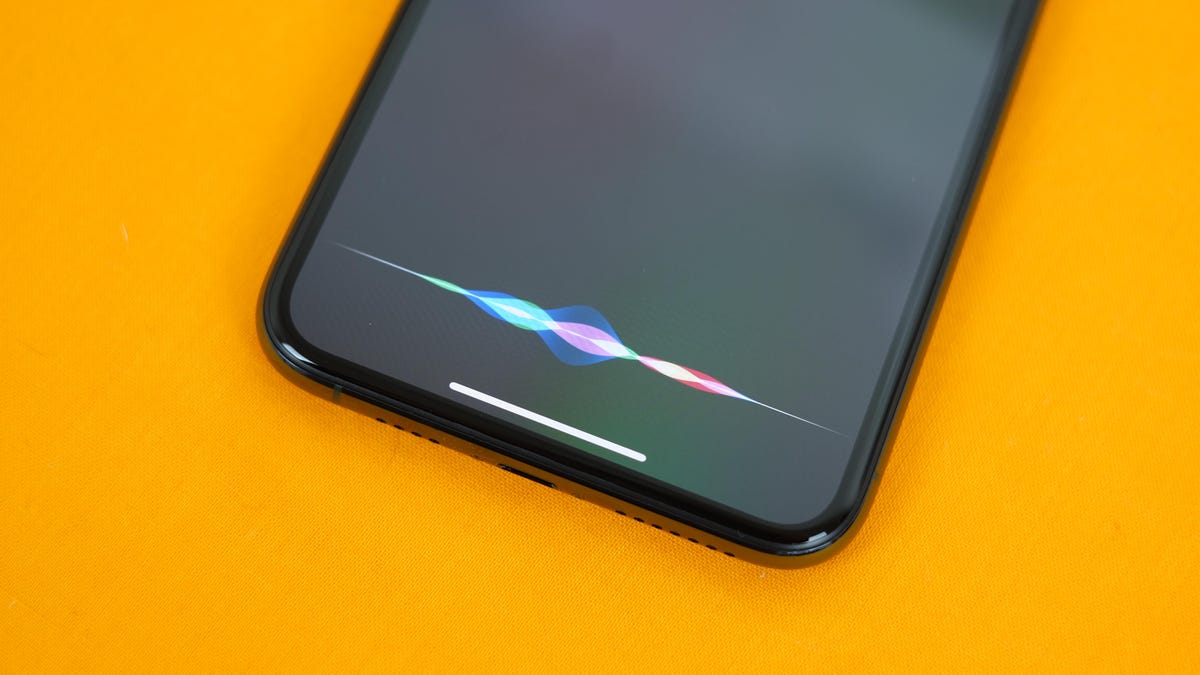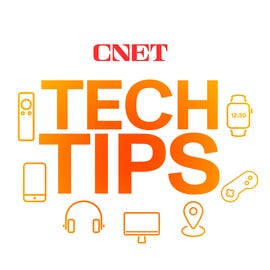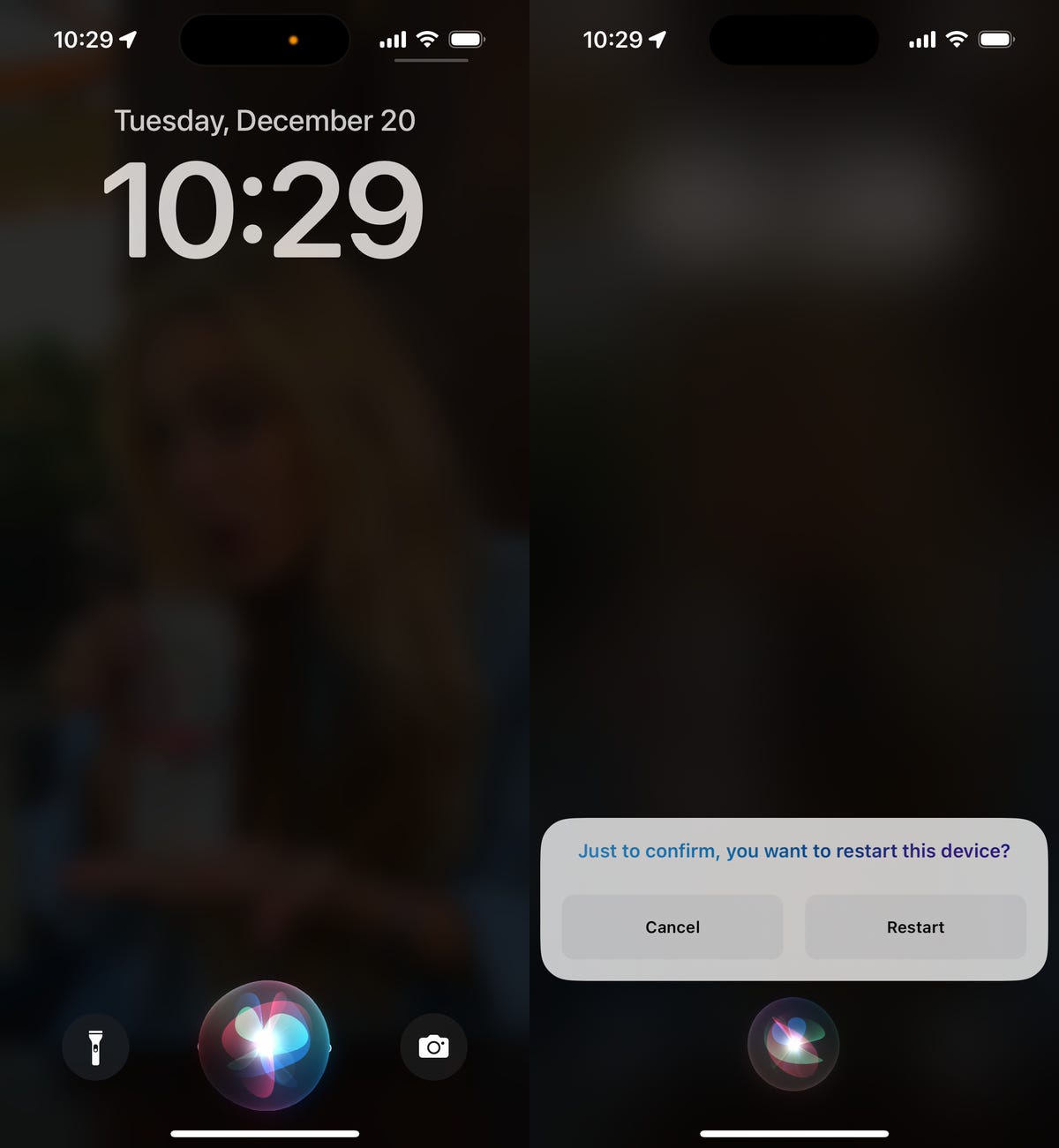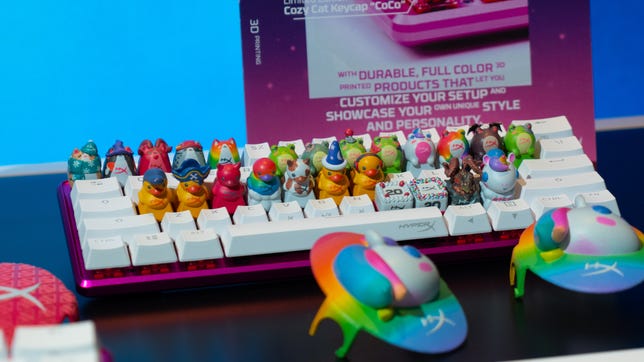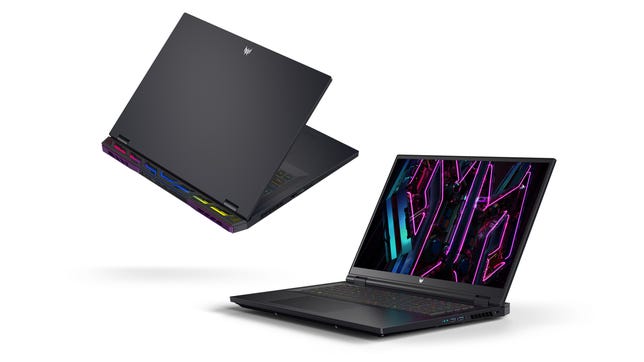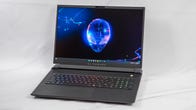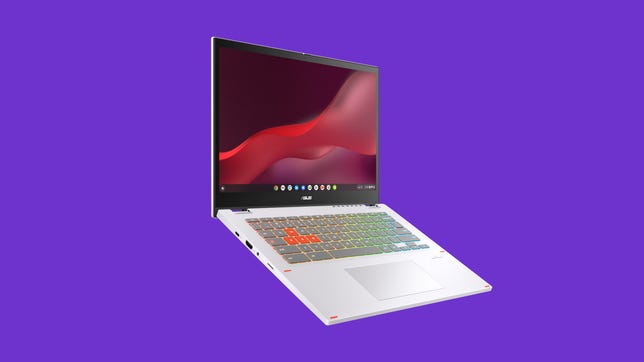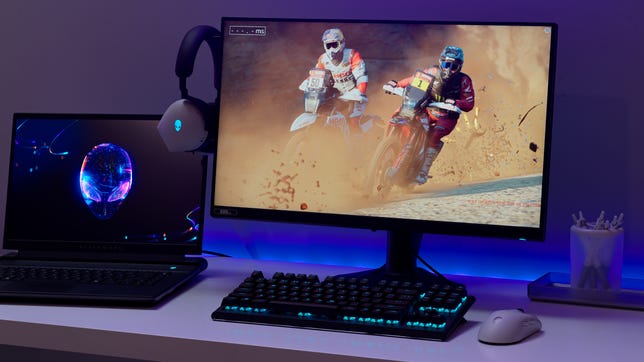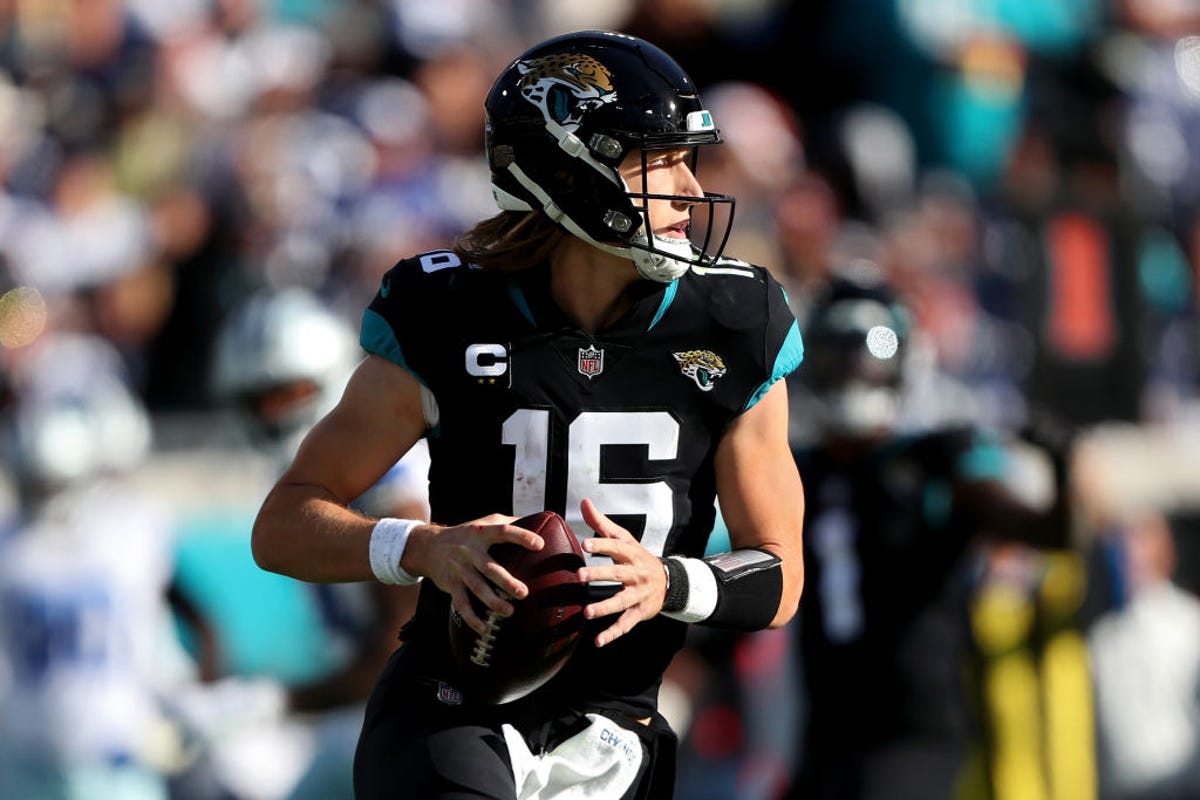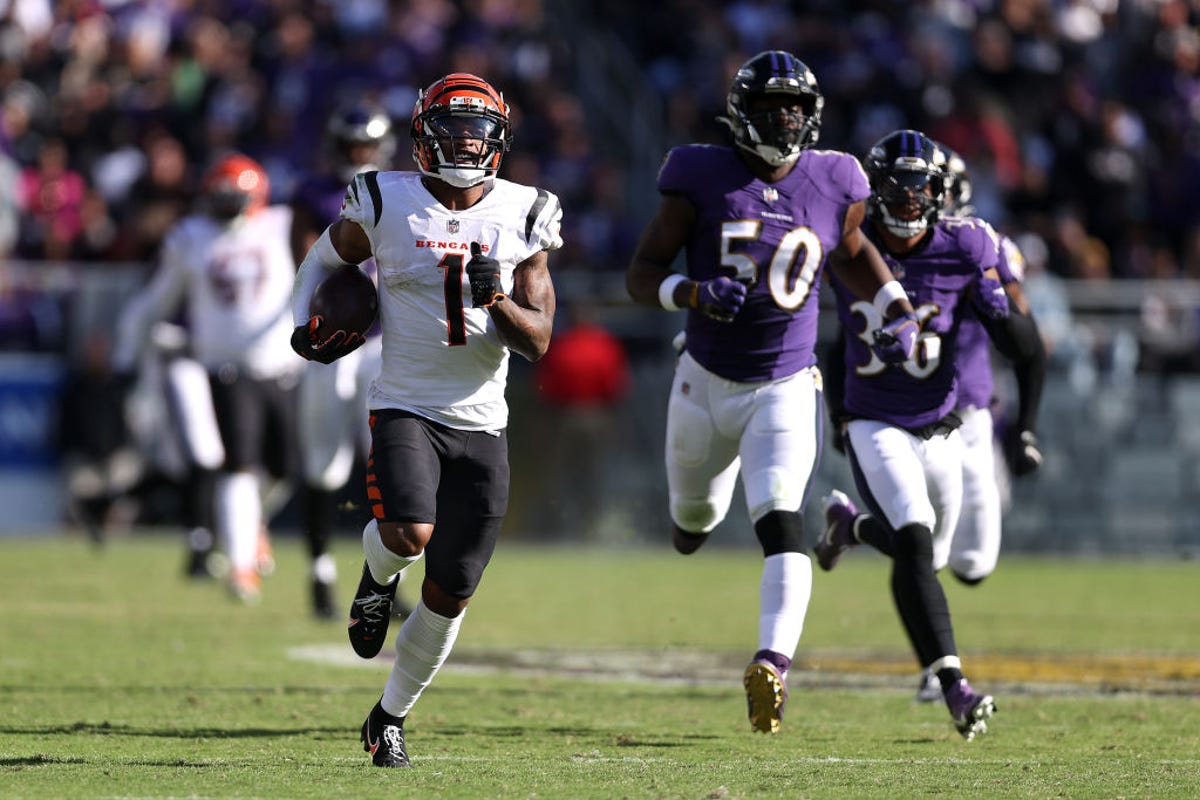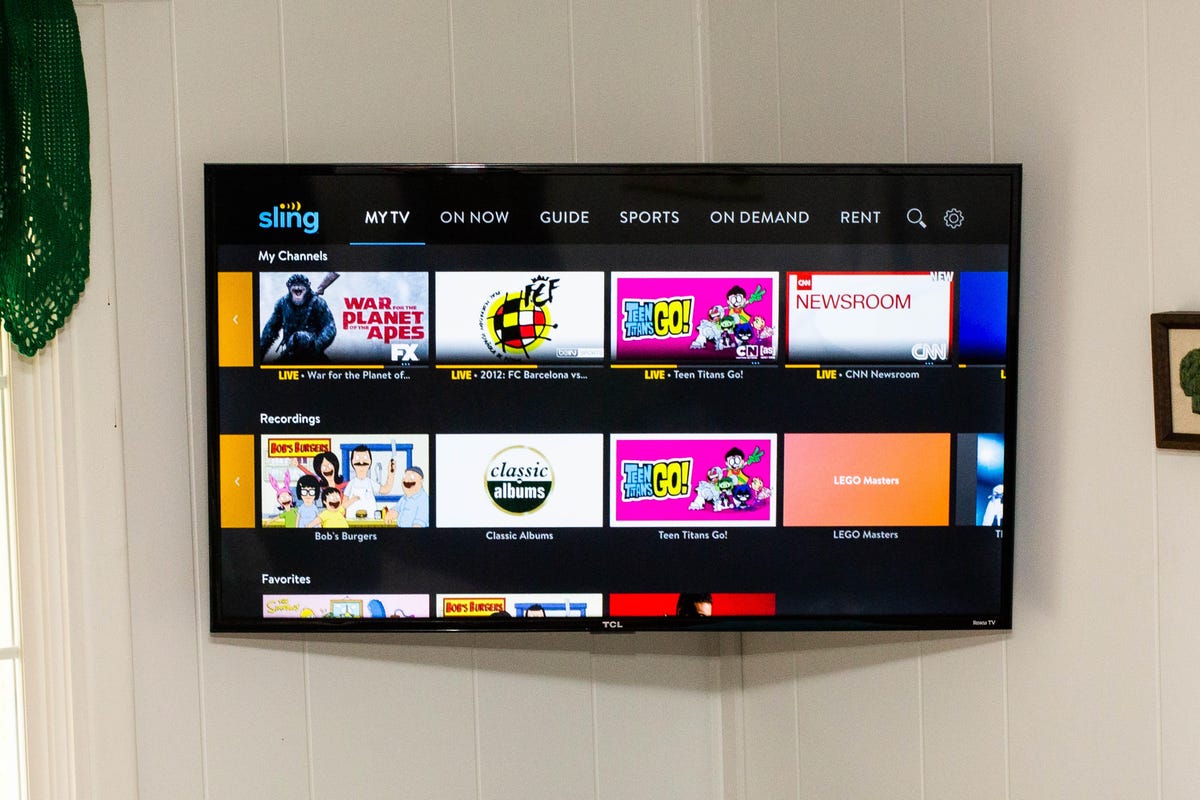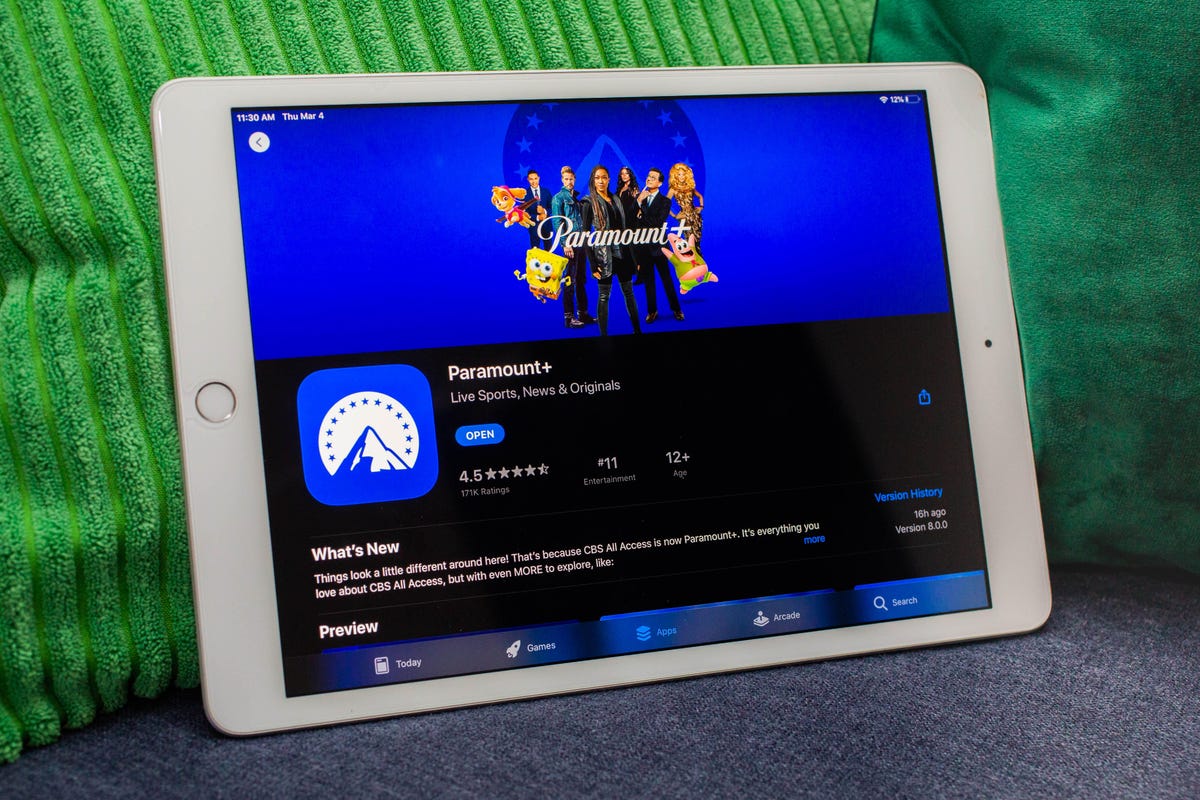There are plenty of great deals on phones and phone plans out there, but if you’re on AT&T and are looking for the absolute best deals to take advantage of, we’ve got you covered. We’ve focused specifically on deals that are available for current customers, meaning we aren’t highlighting offers that require you to add a new line, since most people want to upgrade phones they have on the plans they already have, not add a bunch of extra lines to “save” money.
It’s also worth noting that carriers constantly update their deals. AT&T has some pretty compelling offers available now, though the best deals often require you to be on one of the carrier’s unlimited plans.
Get the best price with CNET Shopping.
Love shopping online but don’t have time to compare prices or search for promo codes? Our CNET Shopping extension does that for you, so you always get the best price.
In general, the best offers usually happen around new phone launches (February or March for Samsung Galaxy S phones; September for Apple iPhones; fall for Google Pixel phones) or the holidays, but AT&T’s deals right now are pretty great.
While some manufacturers, particularly Apple and Samsung, offer deals on their own websites and stores, most people look to carriers to buy new devices. We’ll keep this page updated regularly with some of the best deals we’re seeing on AT&T’s website.
Best AT&T phone deals
Many of AT&T’s phone deals are available to both new and existing customers, though trade-ins are often required to get the advertised prices. It’s worth noting that these deals are split across 36 months of bill credits, meaning you’ll need to remain an AT&T customer for at least three years in order for the phone to get paid off. If you cancel before that period is over you’ll be responsible for any remaining charges associated with it.
Our researched and curated deals picks are below, but if you’d like a more customized deeper dive, check out Navi, an independent marketplace (and CNET partner) that aggregates information on service plans and phone deals.
Stephen Shankland/CNET
AT&T has a pretty solid discount on the iPhone 14 right now, with the trade-in of an older iPhone. Trading in an iPhone 13 Pro Max 128GB will net you the full deal value as long as everything works and nothing is broken. The same trade-in price and stipulations will work for a Samsung Galaxy S22 Ultra 5G 128GB as well. If you have a phone that is a little older, you could still qualify for discounts of $350 or $800, depending on the model.
Lisa Eadicicco/CNET
AT&T’s offer for Samsung devices might not be quite as high as its discount for iPhones right now, but the carrier is offering up to $800 off the latest Samsung devices like the Galaxy Z Fold 4 and Z Flip 4, along with the S22 Ultra, S22 Plus and S22 base models.
Like the iPhone deal, the trade-in credit depends on your phone being in good condition.
Andrew Lanxon/CNET
That $1,000 trade-in credit for the iPhone? It also applies to Google’s new Pixel 7 Pro. The list of eligible phones that qualify for a trade-in is more substantial, too, so even an older model could get you up to $1,000 off the Pixel 7 Pro.
Sarah Tew/CNET
AT&T has a number of deals for those who don’t have a phone to trade in, including discounts on the Apple iPhone 13, Motorola Moto G Stylus 5G, Samsung Galaxy S21 FE 5G and more. All these deals, however, require you to be on an unlimited plan and finance the phone on a 36-month installment plan.
Under this deal, the iPhone 13 would start at $5 per month for the 128GB model. For the Moto G Stylus 5G it would be $1 a month, while the Galaxy S21 FE 5G is $5.
Best AT&T plan deals
If you’re looking to make the switch to AT&T, there are a few deals on various plans that may make you lean toward one or the other. Promotions on plans are less common these days, though oftentimes you can get some free extras (like streaming service subscriptions and music subscriptions) with enrollment in some of the higher-end 5G plans from each carrier. AT&T, however, no longer offers a free streaming service like HBO Max to new subscribers who don’t already have it on their plans.
AT&T includes 5G access with all of its plans, with the biggest difference for most people on its latest plans being how much hotspot data you get. There are also differences in how much “high-speed” data you get, though even on its cheapest Starter plan AT&T says it will only slow your speeds “temporarily” if you’re in an area where the network is “busy.”
As for savings, your company may also offer a corporate discount on plans, but you will need to check with them to see if that applies to personal accounts. AT&T also offers a host of discounts depending on your profession.
Are you a teacher, or is someone on your family plan a teacher? You could save on your wireless bill. AT&T offers a teacher discount on its plans that could save serious money depending on which plan you have. The cheapest price for four lines is $26.25 per month for its Starter plan, while the Premium plan is the most expensive at $38. If you want one line, the price for the Starter plan is $49.
Teachers can verify their eligibility by heading to AT&T’s website here. The carrier says the deal is open to “certified/licensed K-12 teachers at public or private schools, or college or university faculty members or instructors.”
You will also need to be on AT&T’s Unlimited Starter, Extra or Premium plans.
AT&T has a deal for nurses and physicians that’s identical to the teachers’ deal mentioned above, with up to the same $27 discount per line per month on wireless plans.
As with the teachers’ deal, you need to verify your employment with AT&T, with the offer open to those who are “certified or licensed doctors, nurses, or physician assistants.” You can’t combine this discount with the teachers’ offer. You will also need to be on AT&T’s Unlimited Starter, Extra or Premium plans.
AT&T offers the same discount on plans to active-duty military, veterans and first responders. As with the nurses’ and teachers’ deals, you only need one person on your plan to meet these qualifications to be eligible for the discount, which will vary depending on how many lines you have.
First responders can check their eligibility at this website, while active-duty military members can sign up here with their .mil email addresses. Veterans can sign up here.
FAQs
Are AT&T deals available to existing or only new customers?
Like the rest of the wireless industry, AT&T now has offers available for both new and existing customers. While there are some additional perks and discounts to switchers, most of the deals are under the same terms.
How do AT&T phone discounts work?
It’s easy to see up to $800 off the price of something and get excited, but make sure you know what you’re signing up for. AT&T’s applies these discounts as bill credits that are usually spread out across a 36-month period. Sometimes, part of the discount amount is given in the form of a prepaid gift card (for a trade-in) and the rest is done as bill credits, but that’s specified when it’s happening.
What happens if you leave AT&T before the 36 months are up?
If you don’t stick with AT&T through the full 36 months of bill credits, you’ll be responsible for all the remaining charges. Before canceling or transferring your service to another carrier, be sure to communicate with the carrier to understand the actual cost of what you’ll owe to make sure you can cover that before making the move.



